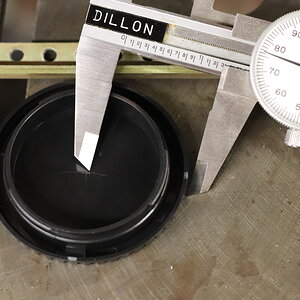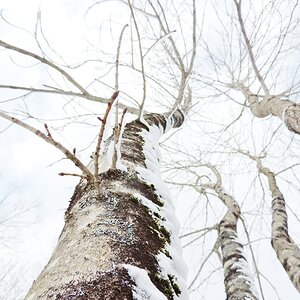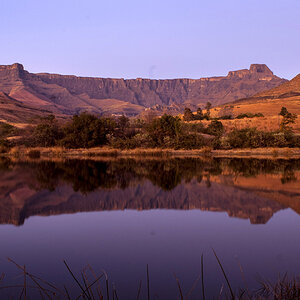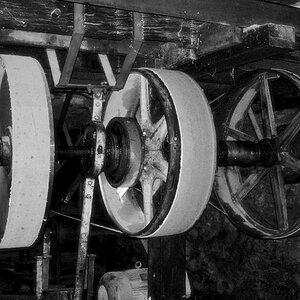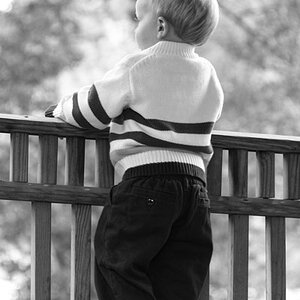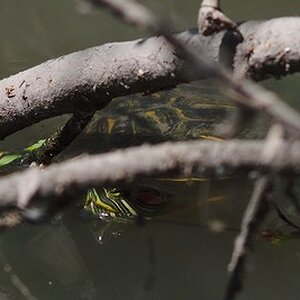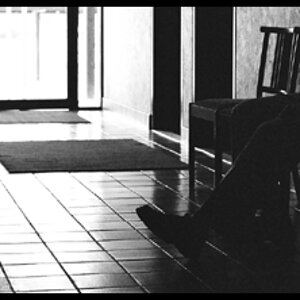themaze76
TPF Noob!
- Joined
- May 24, 2008
- Messages
- 22
- Reaction score
- 0
- Location
- Georgetown, CA
- Can others edit my Photos
- Photos OK to edit
IMO...go for the D300, I am a recent Nikon convert. I shot Canon for a very long time and loved them, but I bought a D80 about a year ago and traded up to a D300 last month. I have never had a camera that was so easy to get the results I was looking for. I truly believe that I have just opened a creative can of worms. Plus...you cannot beat Nikon glass.


![[No title]](/data/xfmg/thumbnail/31/31093-5a5bf042a168153ccffbce7a66501050.jpg?1619734610)
